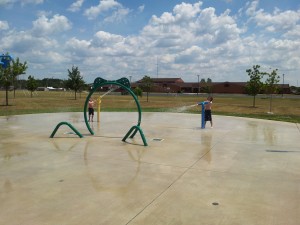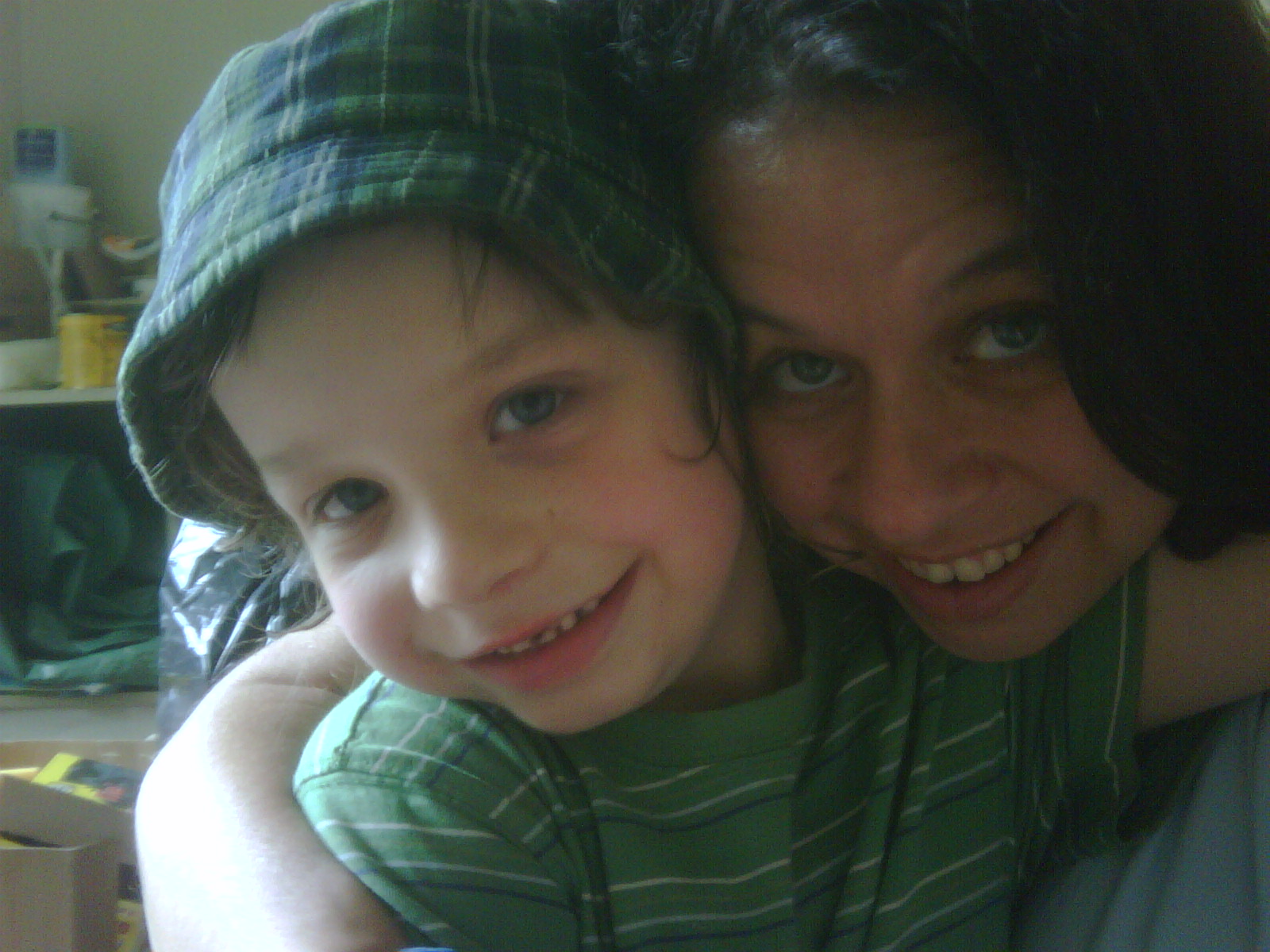
When my son George was a baby, washing his hair was no big deal, simply because there was hardly any hair to wash. In fact, he was born with so little hair that when my best friend asked what colour it was, I had to admit that I didn’t know. There wasn’t enough to be able to tell. Hairwashing was therefore a simple matter. There was none of the “lather, rinse, repeat” business – all I had to do was wipe my baby’s head with a washcloth and we were done.
It all changed overnight when George was about eleven months old. After spending almost all of the first year of his life as bald as a cue ball, he sprouted a full head of hair one night. It was really weird waking up to this almost-toddler who was suddenly blond-haired. It was even weirder having to figure out, after almost a year of parenting, how to properly wash a child’s hair.
George resisted the hair-washing from the start. Whenever I tried to tell people about his protesting, they brushed it off, saying, “Most boys hate having their hair washed.”
That may have been true, but from my own observations, most boys did not go into a state of all-out panic. No matter how gentle and soothing I was, George went wide-eyed with fear and screamed the roof down.
When we got George’s autism diagnosis, it all made sense. Kids with autism can have some intense sensory issues. Knowing about the autism did not solve the problem – we still had to wash this child’s hair in spite of his aversion to it – but we could at least make accommodations. We looked up social stories and created visual schedules. We established hair-washing routines to enable George to know exactly what was going to happen in what sequence. We used rewards and reinforcements, and we tried to work within the framework of his sensory difficulties.
When George was in his IBI program, his therapy team introduced a hair desensitization program. Every day, he was encouraged to brush his own hair and spray in some leave-in conditioner. It took a while for him to actually do it, but with a bit of time and patience on the part of the therapists, it became a part of his routine. When he left the IBI program, the desensitization continued at school, and now, our respite worker is incorporating it at home during the summer break.
George is still resistant to having his hair washed, but the desensitization is getting him closer to a point of tolerance. The key, we are realizing, is control. He won’t voluntarily allow someone else to put shampoo or any other gunk in his hair, but under the right circumstances, he will do it himself.
This was highlighted to us recently when we took the kids to play in a water play park. George is not actually afraid of water, but he does tend to be hesitant around it when he’s in new surroundings. At the water play park, he spends the first ten minutes or so on the sidelines, watching the sprinklers intently. The sprinklers do different things, and they turn and off at different times. When George knows what the sequence is, he ventures into the play area and allows himself to get wet.
He’s always been very careful to avoid getting water onto his head.
Until now.
About a month ago, we noticed that George was running right through the sprinklers instead of around them. He was running too fast for his hair to get more than a few drops of water on it, but still. It was more than he had ever done.
Imagine our absolute astonishment when, ten minutes later, he walked straight up to a sprinkler and put his head directly into the stream of water, allowing his hair to get soaked.
This is an encouraging development indeed. It brings George one step closer to the independence we are trying, in small increments, to guide him towards. Maybe I will never be able to wash his hair without him protesting. But maybe he is moving closer to a point where he will do it himself. Maybe all he needs is the ability to predict what the water is going to do, and the best way for him to predict it is if he is in control of it.
This idea applies to just about every area of my child’s life. As parents, our instinct is to do everything for our kids because, you know, they’re our kids. This is especially true of our kids with special needs, who are are so much more vulnerable. But we can serve them far better by equipping them with the tools – be it encouragement, knowledge, or actual tools – to do things for themselves.
(Photo credit: Kirsten Doyle)










